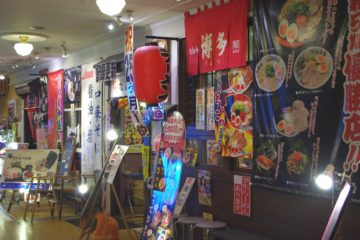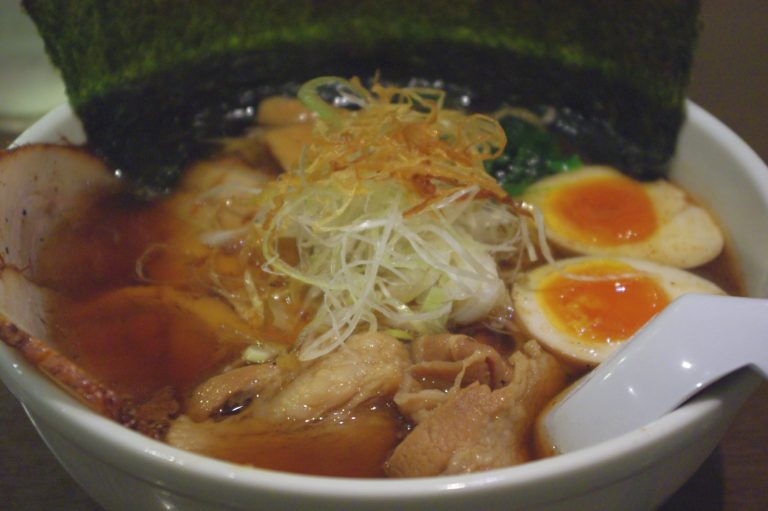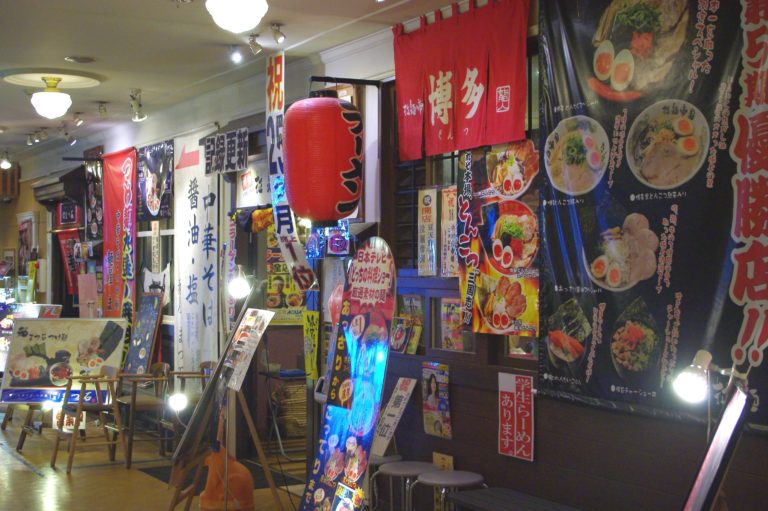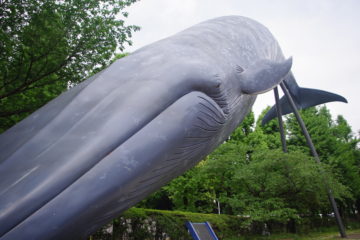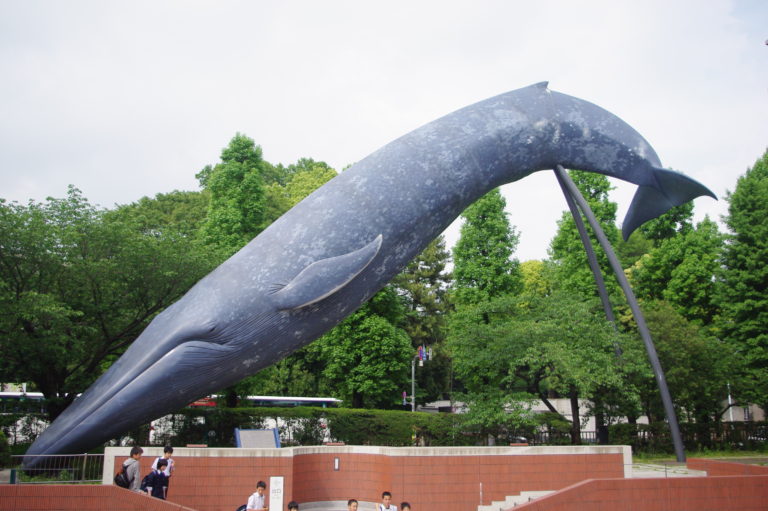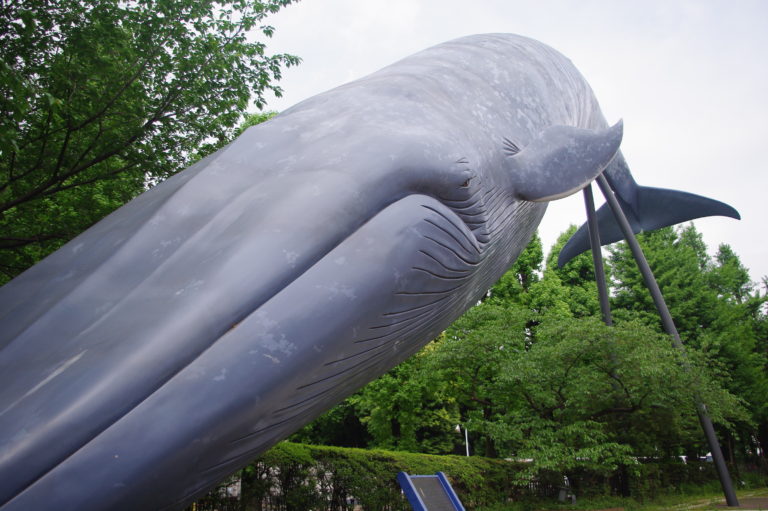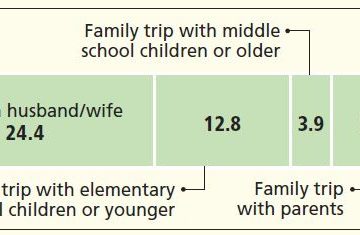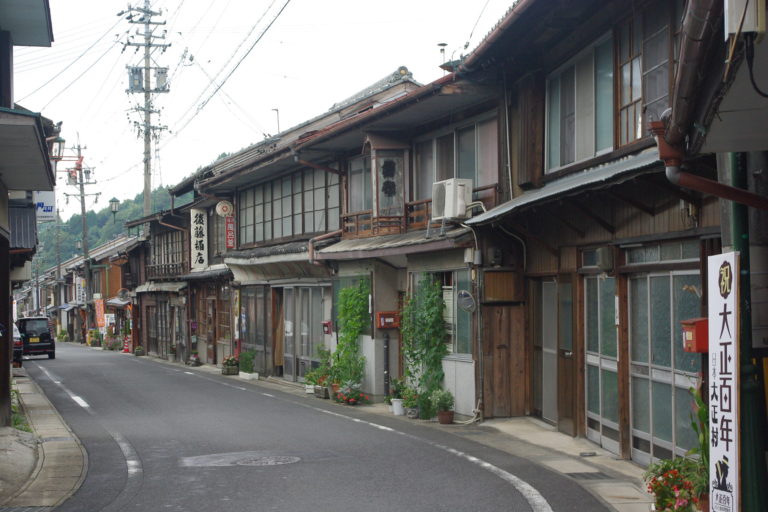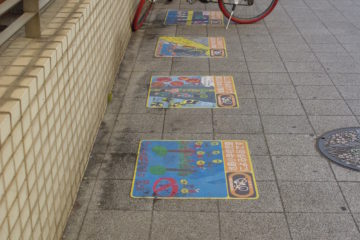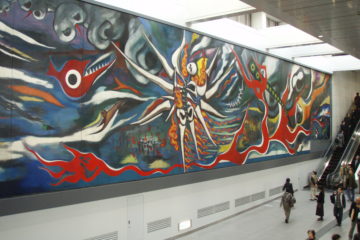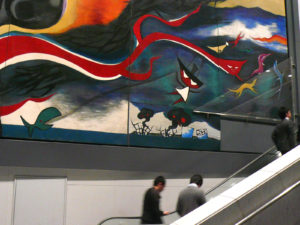Blog News about Japan 未分類
A Whopper of a Blue Whale Biggest one in Japan
The largest creature that currently exists on our planet is the Blue Whale, specimens of which have been found that measured 34 meters in length. This model went on display outside the National Museum of Science in Tokyo’s Ueno Park, to the delight of visitors who have enjoyed posing for photos in front of it. This model is the third of its kind, having been preceded by two other species, a Fin Whale and Humpback Whale. Before these, the skeleton of an actual whale was once displayed there.
Blog News about Japan 未分類
The Return of “Tetsujin No. 28”

As a part of its overall efforts at recovery and revitalization from devastating the Great Hanshin-Awaji Earthquake that struck on January 17, 1995, a life-size, 15.6 meter-high monument of “Tetsujin No. 28” has been erected in Wakamatsu Park in Kobe City. Its exterior is made from weather-resistant steel plating, and it weighs approximately 50 tons. The total cost was 135 million yen, of which the city of Kobe provided about one-fourth, with the rest raised by donations from private citizens and businesses. Tetsujin No. 28 first appeared as a manga character in 1956. Now, he’s back, to wipe out crime and preserve the peace.
Blog News about Japan 未分類
Who Do You Go with on Overnight Trips (domestic trips only)?

In the last fiscal year (April 2010 to March 2011), the number of people taking overnight trips in Japan was 57%, dropping 3.6 points compared to the previous year. The average number of overnight trips per year stayed relatively level dropping from 2.79 trips to 2.73 trips. However, the total number of people taking overnight trips saw a significant drop of 12,190,000 people. According to a survey taken after the Great East Japan Earthquake, Okinawa and three prefectures in the Tohoku region (Aomori, Akita and Yamagata prefectures) saw a significant increase as the preferred travel destination. There is a strong desire to visit the Tohoku region due to an increase in the number of people who feel that actual visits to the Tohoku region would be beneficial to the region
On the other hand, the percentage of people traveling alone has increased, for six consecutive years since this survey began, to 13.1%. In addition, the percentage of people taking family trips with elementary school children or younger has increased only slightly compared to the year before to 12.8%. The overall trend has remained unchanged with “trip with husband/wife” maintaining the highest percentage. As such, the major travel agencies have been putting their efforts into products aimed at people traveling alone. In addition to travel plans where a single person can book and travel with other people as a group, the travel agencies are now providing a service where they arrange accommodations at hotels and inns that often refuse bookings from single travelers.
Source: RECRUIT (2019)
Blog News about Japan 未分類
Next Year Is Taisho 110! Celebrating 110th anniversary at Taisho Village
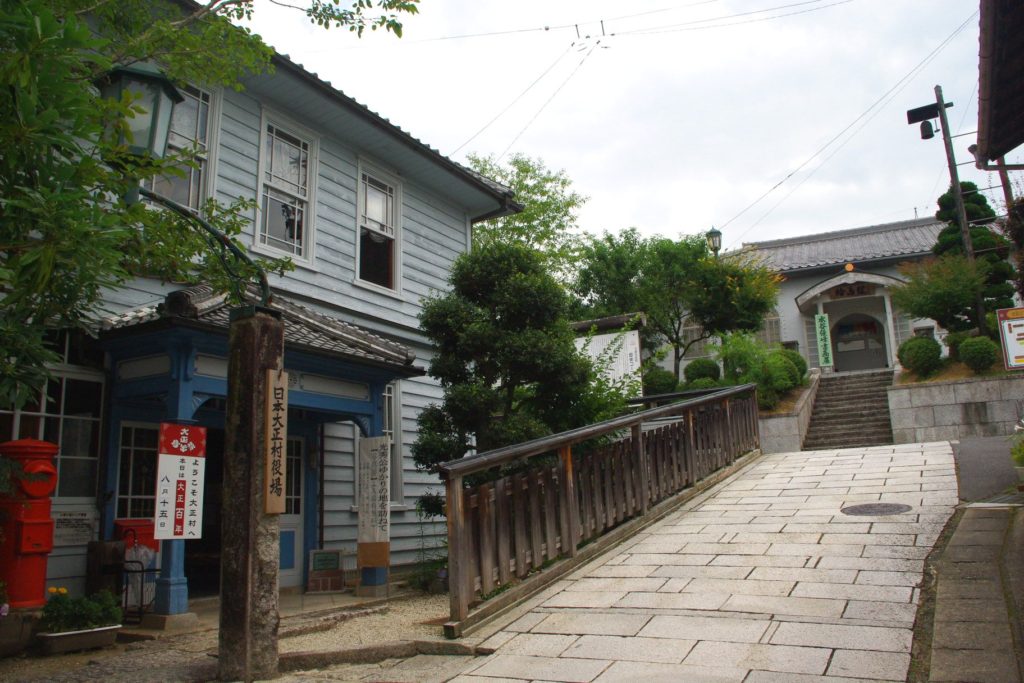
In Japan, years are indicated both by the common era (A.D.) and the traditional nengo system, in which the year corresponds to the reign of the current emperor. By this reckoning, 2020 is also the 2nd year of the Reiwa Era, which began on May 1, 2019, the day Emperor Naruhito ascended to the Chrysanthemum Throne. If the previous previous Emperor, Emperor Showa, were still alive, this year would be the 95th year of the Showa (“Shining Peace”) Era.
Emperor Taisho, grand grand father of the present monarch, ascended to the throne on July 30, 1912 and passed away on December 25, 1926. So next year would correspond to the 110th year of the era that bears the name “Taisho,” meaning “Great righteousness.” To commemorate that year, a small mountain village of around 6,000 people in Gifu Prefecture will be staging various events.
To get to the village, one first takes an electric commuter train to Ena station on a JR line, located about one hour from Nagoya City, and then transfers to a one-car diesel locomotive on the Akechi Line for a 50-minute trip. According to Sukezo Hirabayashi, the city manager of Taisho Mura (village), this out-of-the-way area “Was once prosperous for paper-making and silk thread production.”
In 1981, the former Japan National Railways decided to shut down the decrepit Akechi Line; but the locals along the line rose up in opposition, and through funding by local governments, businesses and residents, the rail service was restored as a joint venture company of local government and private enterprise in 1985. Afterwards, the townspeople began serious discussions on what to do to prevent their locality from deteriorating. It was then that they came up with the idea of renaming it “Taisho Mura (village).” Initially many skeptics opposed it, saying “In the space age now, what’s the point of promoting ‘Taisho?’” But surprisingly, the notion of promoting a Taisho-era atmosphere succeeded in attracting tourists. In the town can be found the remains of an old-style café, a hospital, vault of a bank, the old city office and others, which appear like the set for period films on a movie studio lot. In addition to the buildings, items typical of the Taisho Era, such as articles of clothing, an old gramophone, and various articles of daily use and children’s toys are displayed.
Hirabayashi says that the revival of the town was brought about entirely through the spirit of volunteerism by residents. In the museum, young men posted in the respective exhibit rooms greet visitors and offer explanations of the exhibits, and at the numerous rest stops, visitors are politely offered tea by local matrons. “We want to convey to the younger generation the lifestyles, scenery and also the warm human feelings that were common during the Taisho Era,” he says.
Since its startup in 1988, Taisho Mura (village) has welcomed as many as 500,000 visitors per year. Among those visiting are staff members of local governments or other observers also concerned with similar deterioration they face in their own communities. As part of the commemoration of the 100th year of the Taisho Era, this November a park and station building have been reconstructed and events will be held to model the fashions of the early decades of the 20th century. The Akechi Line, which meanders through the terraced fields and hills, boasts the steepest ascent of any railway in Japan. While enjoying the view aboard an old swaying train, how about taking a trip to the Japan of 110 years ago?
<3 Best Spots in Taisho Mura>
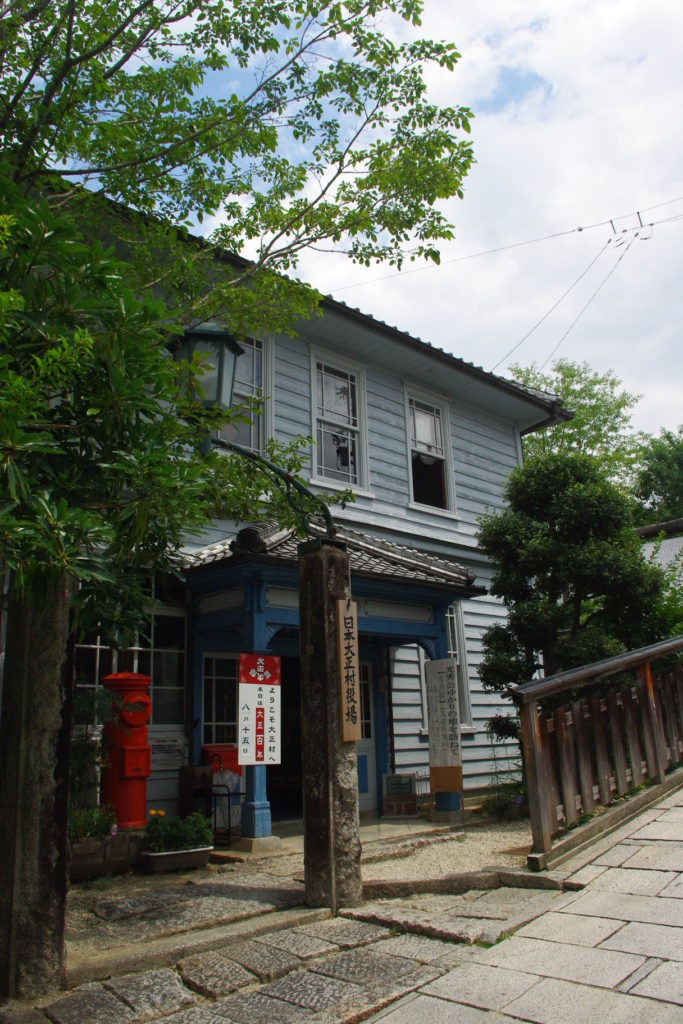
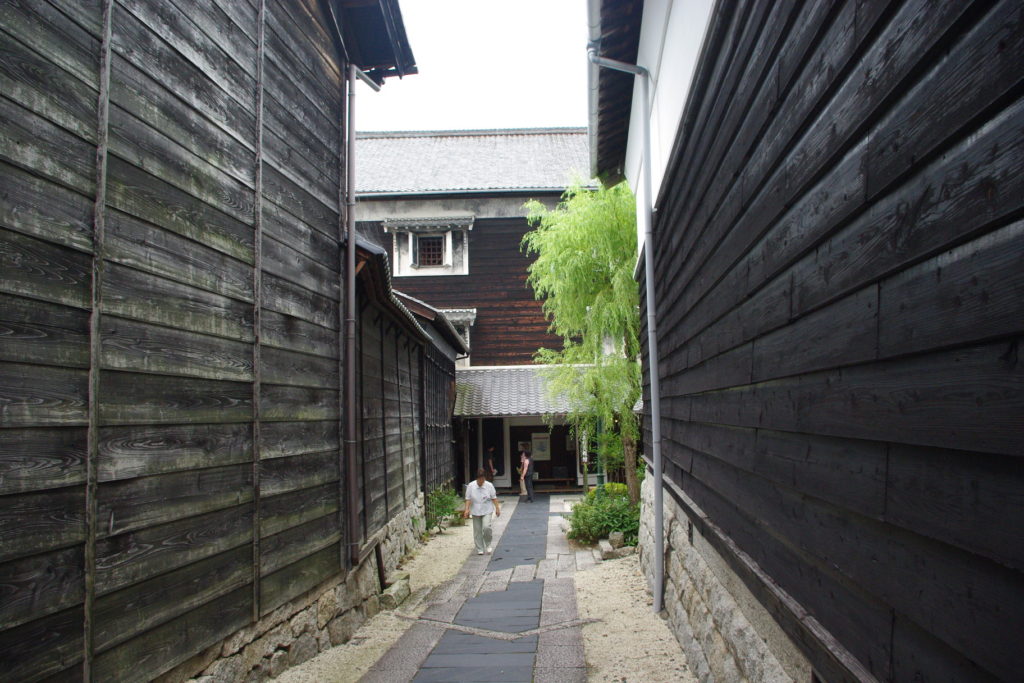
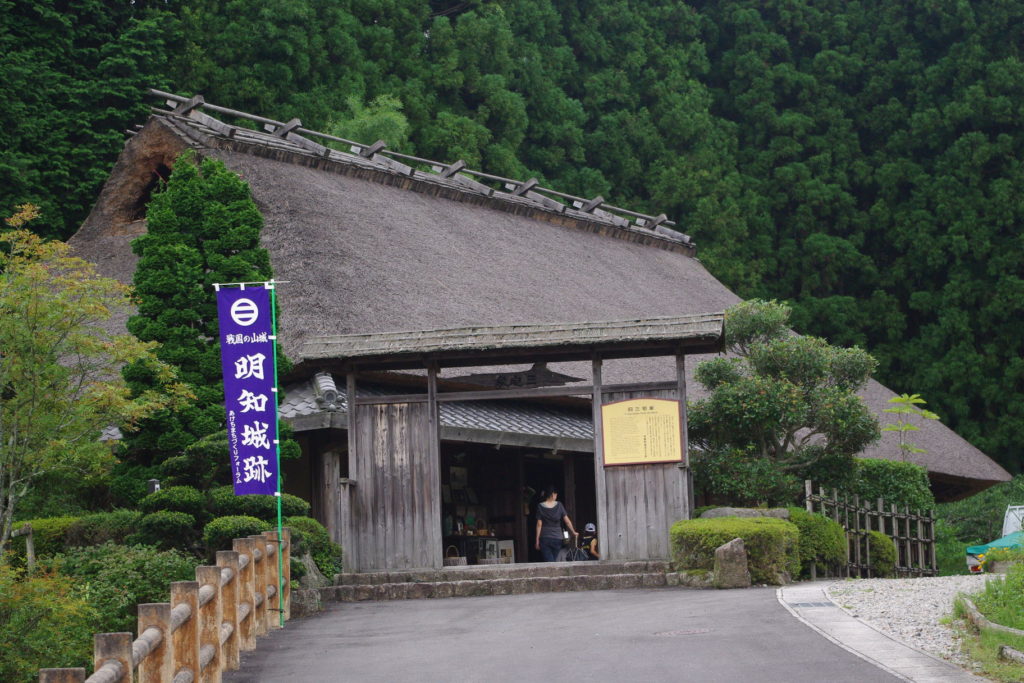
<Three typical Foreign-style food of Taisho era>
Japanese-style curry rice, korokke, a deep fried dish related to a French dish, the croquette and tonkatsu, a Japanese version of European cuisine, cutlet
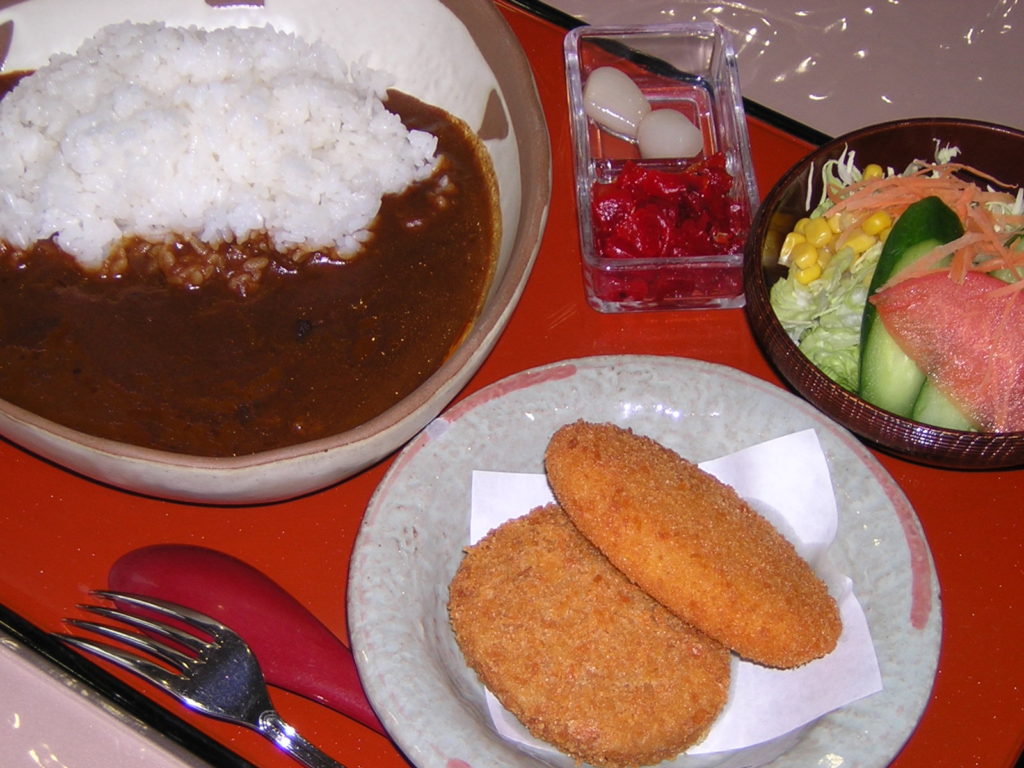
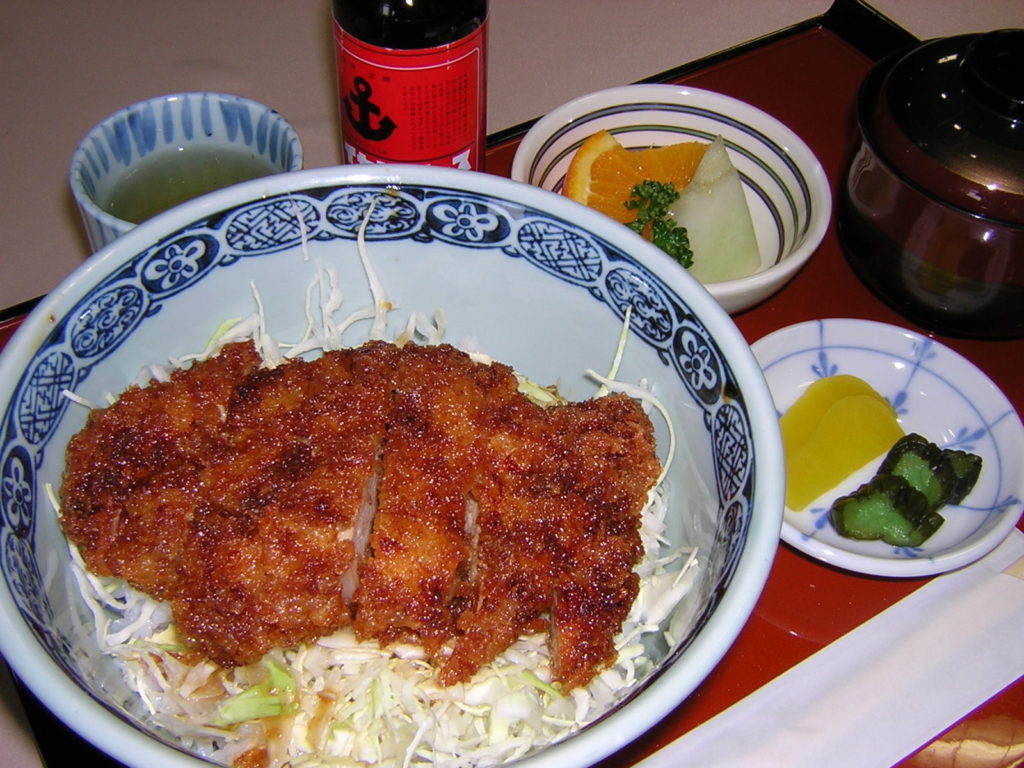
Blog News about Japan 未分類
What is Kamaboko?
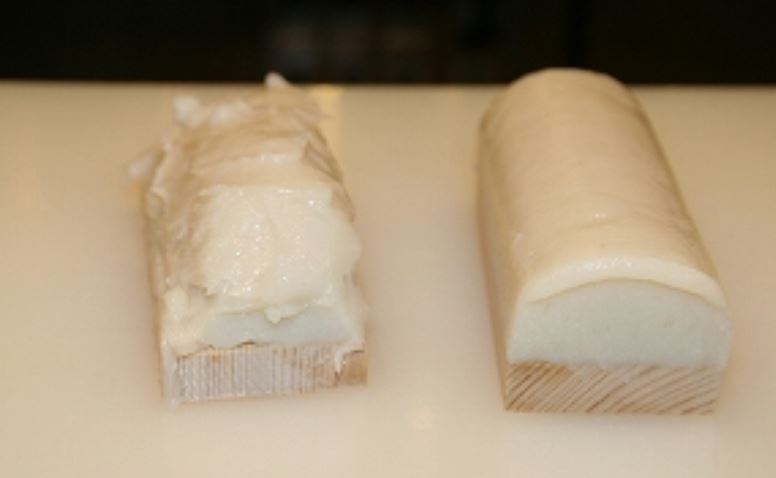
Making Kamaboko
Fish Paste Molding
The smell of the Suzuhiro Kamaboko Museum in Odawara leaves no doubt that real fish, and lots of it, is being processed here. The smell is not overwhelming nor offensive, but there is a definite waft of seafood present everywhere in this small building with a warm and woody interior.
Suzuhiro has been making kamaboko, fish paste formed in small loaves onto wooden slabs and then steamed, in the Odawara area since 1865. In the generations to come, this family-owned company would expand its business all the way to Tokyo and to the rest of Japan. But its reputation remains as a local delicacy between the seaside Odawara city and Hakone, the nearby hot spring resort town.
The museum is part of a larger complex that consists of a spacious retail outlet and several restaurants. Inside the cozy museum, there is a glass-enclosed area where visitors can watch workers put together various products made from processed fish paste, an open kitchen for the kamaboko-making workshops, a gift shop, interactive displays and a gallery showing artwork using the wooden slabs from kamaboko as the canvas.
The highlight of the museum is without question the workshops. Participants are required to don a paper cap and apron before entering the preparation area. Everyone is given a place at a long wooden table with two scoops of fish paste and various tools to work with. The demonstrator gives instruction using a microphone headset while she deftly accomplishes each step. The participants typically struggle but with plenty of giggles, everyone eventually ends up with a decent-looking loaf on our little wooden slabs. While the loaves are being slowly steamed, we move onto our second task, making the chikuwa – roasted fish paste wrapped around a bamboo stick. With just one scoop of fish paste, we roll it onto a bamboo stick. Everyone does surprisingly well at this because by this time, participants have gotten used to handling the kamaboko knife. Our chikuwa skewers are then placed in a rotating roaster for 15 minutes.
There are various displays to entertain visitors while waiting for our fish pastes to cook such as an Edo-era, hand-operated pounding and grinding mortar as well as various wooden molds used to create ornate, decorative kamaboko used in celebrations. The interactive games are particularly popular with children. A game involves guessing what type of natural ingredients generates the color of the top layer of colored kamaboko. Tea leaves give a vivid green, dark seaweed produces a black hue and an citrus fruits turn the fish paste orange in color. The second floor is a gallery that overlooks the main floor and displays artwork done on the back of kamaboko wooden slabs. There are whimsical works by school children as well as clever images by professional artists.
Before long, the chikuwa is ready to eat. This is tasty stuff. The skin is slightly burned and crispy, and the fish paste hot and aromatic. Next door to the museum is Kamaboko no Sato, the large retail outlet selling an enormous range of fish paste products, local seafood and even beer made from microbreweries. Kamaboko is usually regarded as a cheap snack, but Suzuhiro products are of a higher quality. “It has a stronger fish taste,” someone commented upon sampling a piece of paste dipped in soy sauce. It has a more fish taste. Indeed, a higher percentage of fish is clearly used in Suzuhiro products than ones on sale at supermarkets. There are also specialty products here such as kamaboko where you create your own design to be engraved into the top pink layer of the loaf. If you get hungry for more than fish paste, across the road, there are several restaurants, including a buffet, a fine dining Japanese restaurant and a soba (buckwheat noodle) shop.
Odawara is home to one of Japan’s most famous historical castles. With its view over the Pacific Ocean, foreign visitors have called this one of the most “romantic” castles in the country. The castle museum has information in English. Combining the castle visit with kamaboko-making is a fun-filled day trip from Tokyo.
There are four sessions between 10:20 and 14:50 for making kamaboko and chikuwa seven days a week. It costs 1,575 yen ($18) for one person. On Wednesdays, there is only chikuwa to be made but there are six sessions between 10:30 and 15:30, which costs 525 yen ($6) for each person. Reservations can be made at: http://www.kamaboko.com/museum/reserve/ (form in Japanese only) Within 72 hours, call 0465-24-6262 to reserve over the phone. Weekends are usually booked up one month in advance.
Suzuhiro Kamaboko Museum
245 Kazamatsuri, Odawara City, Kanagawa
TEL/0465-24-6262
http://www.kamaboko.com/museum (Japanese)
What is kamaboko?
Kamaboko is a Japanese processed seafood paste made from the filets of white fish (various species), salt, Japanese wine, cornstarch and egg white pureed together. It is formed into a loaf onto a small wooden slab and then steamed. It preserves well natural tastes because it is steamed at a low temperature. It is eaten cold as an appetizer or snack and hot in soups. Chikuwa is the same pureed fish except the paste is wrapped around a bamboo stick and then broiled. It is characterized by having a brown skin and being hollow in the middle. Fish pastes are a tasty snack and a good source of protein,
Fish paste has been eaten as early as the Muromachi Period (1338–1573). Odawara’s kamaboko gained fame in the Edo Period (1603-1868). Being one of the 53 station cities along Japan’s main transportation corridor, the Tokaido road, many travellers enjoyed snacking on the kamaboko of this seaside city.
http://www.kamaboko.com/english/
How to make kamaboko:
- Pick up the dollop of fish paste with your kamaboko knife which has a dull edge and slam it onto the plastic cutting board emphatically several times to burst the air pockets. If this process is not done properly, it will result in paste with undesirable pockets of air.
- Next, place the fish paste onto the wooden slab using your knife. Shaping it into a semi-circular shape is challenging. Using both flat sides of the kamaboko knife, the blob can be molded. It is important to wipe the knife clean of excess fish paste clean on the side of the table frequently.
- To finish, it is okay to “cheat” by smoothening it out with your fingertips.
- The paste is then placed in an oven to steam at a low temperature for one hour. This method of curing results in it being delicious for a long time without preservatives.
How to make chikuwa:
- The same fish paste is pounded into the cutting board again to eliminate air pockets.
- It is then spread onto the cutting board into a sheet about 2cm thick.
- Next, put the kamaboko knife under the paste and then place the paste onto the top of the bamboo rod. Using the blunt knife, place the paste onto the stick while turning it. Keep it rotating until you have finished placing the paste.
- With your knife and fingertips, even out the paste.
- It is then roasted on an open pit for 15 minutes before it is ready to be eaten.
Blog News about Japan 未分類
Japanese Fable: The Old Man with a Lump

The Old Man with a Lump
A long, long time ago, in a certain place, there lived an old man with a big lump on his cheek. Whenever the old man was cutting firewood, the lump kept swinging and swinging. It was a lump that really got in the way. But the old man didn’t worry about it at all. He was a very relaxed old man.
In the same village there lived another old man with a lump on his cheek. Perhaps it was because the lump on his cheek got in the way and really bothered him, but this old particular man was always angry and in a bad mood.
One day, the relaxed old man was cutting wood deep in the forest when suddenly, out of the blue, it started to rain, drip, drip, drip. Soon, in the shake of a lamb’s tail, it was pouring down. “This is completely hopeless! If I stay out here, I’ll catch a cold.” So saying, the old man rushed under a big tree to take shelter from the rain there. After a while, the old man fell fast asleep.
Eventually it stopped raining, and the bright moon came out, but even so the old man stayed fast asleep, snoring loudly. In no time at all, it was midnight. And then, coming from who knows where, for who knows what reason, he began to hear lively festival-like music. “Huh? Where can that be coming from?” When the old man, who had completely woken up by now, headed in the direction of the music, he was completely floored. “Whaaaattt?!”
To his amazement, a group of monsters who lived deep in this forest, were in a circle singing and dancing! Dah dah dee dum, dah dah dee dum
There were red monsters, blue monsters, black monsters, big monsters, small monsters. All of them were drinking, singing, and having a great time.
The old man, who at first had been afraid, after a while forgot his fear and without thinking, joined in the dancing himself. “Oh, this is a really fun dance!”
Because the old man’s dancing was so good and he was enjoying himself so much, the monsters started dancing with the old man.
Finally the leader of the monsters stood up and held hands with the old man and danced with him. The relaxed old man and the cheerful monsters kept on dancing, completely forgetting about the time. Eventually, the sky in the east grew bright. Dawn had come already.
“Cock a doodle doo!” “Oh, the first cock of the dawn has crowed.” Once it becomes morning, the monsters have to return to their homes.
“Hey, old man, come and dance again tonight. I’ll keep this lump of yours till then. If you come tonight, you can have it back, OK?” And the leader of the monsters plucked the old man’s lump off his face. Instinctively, the old man stroked his cheek. “Oh, my lump has gone!” Without leaving any scar or causing any pain, the old man’s lump had cleanly disappeared!
After that, the old man returned to his village. Thrilled with what had happened to him the previous night, he told the other old man with a lump on his cheek all about it.
“What! The monsters took off your lump?!” This old man was really envious. “Right! If that’s the case, I’ll also get my lump taken away by the monsters.”
So, when evening came, the second old man with a lump set out for the depths of the forest. At last, he began to hear the sound of the festival music.
“If I go to where the sound’s coming from, they’ll take away my lump!” So the old man walked towards the place where the monsters had gathered in a circle and were dancing. But the moment he saw the monsters’ scary faces, his legs began to tremble and he couldn’t walk any further.
“I’m a.. a.. a.. afraid.”
But unless he went to where the monsters, he wouldn’t be able to have them take away his lump. So the old man at last gathered his courage and threw himself in front of the monsters.
“Hey, we’ve been waiting for you!”
“Please do a funny dance again for us tonight!”
The monsters were very happy.
But there was no way that the old man, who was so frightened of the monsters that he couldn’t stop trembling, could be expected to do any kind of funny dance.
“Hey, what’s that terrible dancing?” Because the old man’s dancing skills were so poor, the leader of the monsters gradually fell into a bad mood. Then he became angry and yelled, “You fool, you’re a hopeless dancer! I’ll give you back what you left behind last night. But never come back here again!”
And that’s how the other old man ended up getting a second lump on his cheek.
Blog News about Japan 未分類
Preventing Illegal Parking in Japan
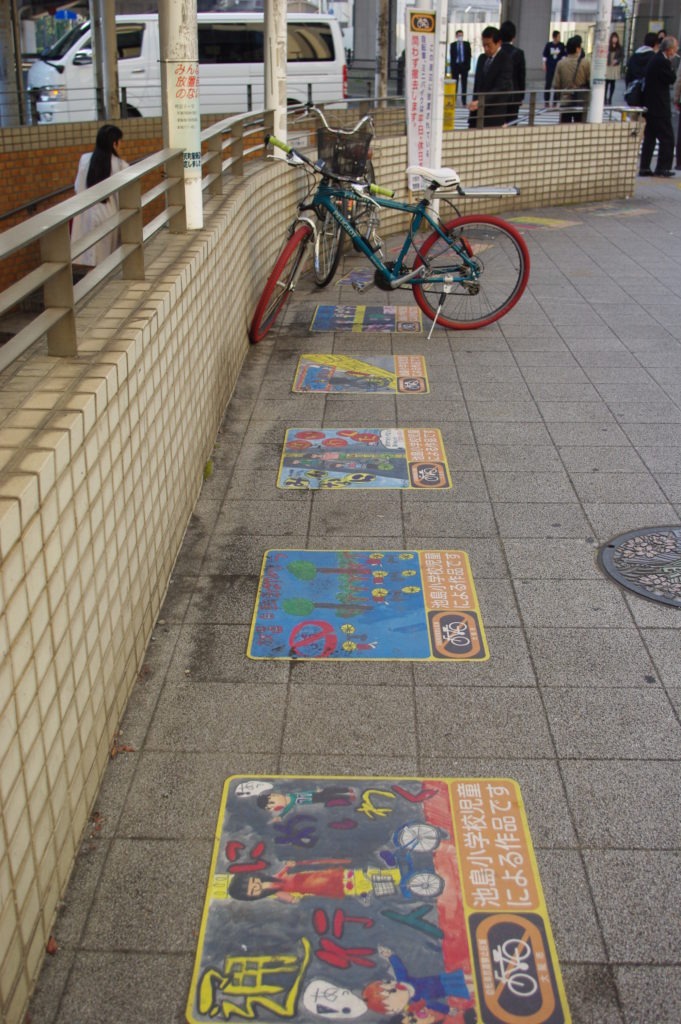
Preventing Illegal Parking
Illegally parked bicycles outside of rail stations can be a real nuisance, creating eyesores and blocking pedestrian traffic. Even after pay parking for two-wheelers is provided, people still leave their bicycles along the street. To deal with this problem, one station in Osaka came up with the idea of encouraging school children to draw pictures pleading for cooperation, which were affixed to the street. In spots with these pictures, fewer people parked their bicycles atop the pictures, but instead moved just a short distance away. It was like a cat-and-mouse game.
Blog News about Japan 未分類
Recharging While Parking in Japan

Recharging While Parking
If electric vehicles (EVs) are to become adopted widely, it will be necessary to increase recharging facilities. At the same time, while it’s important to reduce the time required for recharging, it is unlikely that the time can be shortened to about 5 minutes, which is the time needed to fill a car’s tank with gasoline. From around two years ago, more parking lots began installing recharger units for EVs. Times 24 company, a major operator of pay parking lots, currently offers recharger units in 85 of its facilities in the greater Tokyo area.
Blog News about Japan 未分類
Okamoto Taro Mural in Shibuya
“The Myths of Tomorrow,” created by the late avant-garde artist Taro Okamoto, has gone on permanent display in the Shibuya Station building in Tokyo. Standing 5.5 meters high by 30 meters in length, this huge mural’s theme is based on the instant of detonation of a U.S. thermonuclear test device in 1954. The mural was embellished by a certain group of artists subsequent to the meltdown of the Fukushima Daiichi Nuclear Plant following the March 11 earthquake and tsunami disaster. The group’s image, painted on canvas in the mural’s lower right hand corner, accurately depicted a scene of the damaged nuclear reactors. The company responsible for maintenance promptly removed it, but if Mr. Okamoto were still alive today, I wonder what he would have said.
